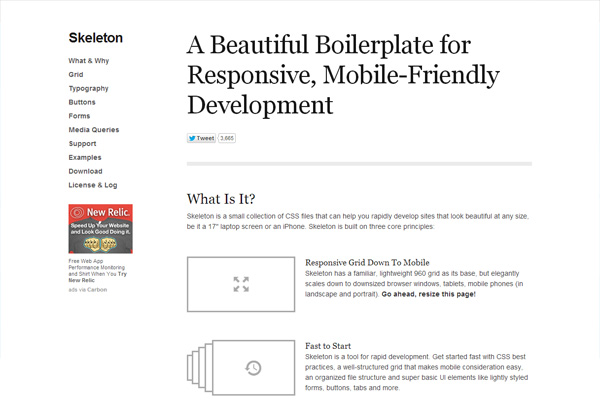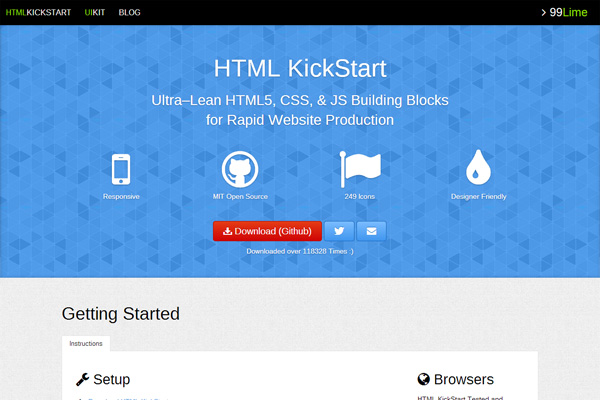


Responsive layout framework how to#
There is satisfaction that comes with truly creating something from scratch, and having a deep understanding of how your code works and how to manipulate it. If you're a more experienced developer, you might know how to grab the parts you want and integrate with LESS or Sass, but the average person is simply including the vanilla CSS and JS files, and overriding them in separate files. The documentation for these frameworks is massive. The likely reality is that you don't need even a fraction of what the frameworks come with. Breakpoints - at what point content will collapse.It's important to know what's going on under the hood.Īt the end of the day, it's really not as scary as it seems. However, if you can't confidently put together a responsive site without the aid of a framework, you should definitely consider learning. If you use them, there's absolutely nothing wrong with that.

Now, don't get me wrong - I think frameworks are fantastic tools that can drastically increase the speed of development while solving common problems, and all at the cost of a little creativity. Good thing we have CSS and JavaScript frameworks like Bootstrap and Foundation to figure all that out for us, right? Responsive web design is an approach to creating websites in which the layout adapts to fit the device's screen - whether it's a phone, tablet, laptop, desktop, TV, or hologram.


 0 kommentar(er)
0 kommentar(er)
